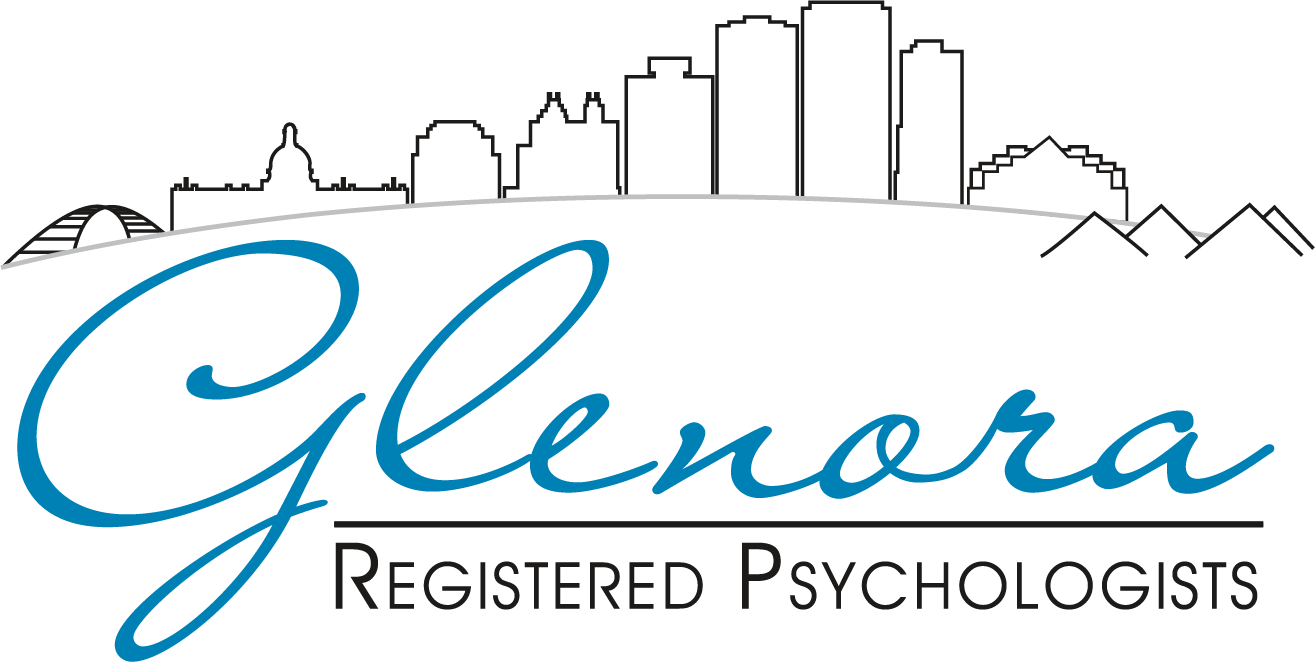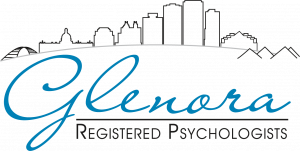Psychological Debriefing: Critical Incident Stress Debriefing (Mitchell, 1983) and other models of Psychological Debriefing are interventions designed to reduce initial distress and to prevent the development of psychological symptoms following traumatic events. The goal of psychological debriefing is to promote cognitive/emotional processing through the expression and normalization of reactions and preparation for possible future experiences. The process of psychological debriefing may also identify those individuals who would benefit from more extended and formal treatment. The focus of psychological debriefing is on present reactions rather than on earlier experiences that may contribute to individual responses.
Cognitive/Behavioral Therapy: Cognitive/behavioral therapy is based on information-processing and social-cognitive theories. Sensory input is subject to both conscious and non-conscious processing. Dual representation theory (Brewin, Dalgleish and Joseph, 1996) suggests that there are two types of emotional reactions to trauma. One type of emotional reaction is conditioned during the event (e.g. fear, anger) and is activated with re-experienced sensory and physiological information. Other emotions (e.g. guilt, shame, sadness) are secondary and result from the consequences and implications of the trauma. Emotional processing of the trauma involves the activation of non-conscious memories and the conscious attempt to search for meaning, to ascribe cause or blame, and to resolve cognitive dissonance between the event and prior expectations and beliefs. The goal of this process is to reduce the negative affect and to restore a sense of safety and control in one’s environment.
The techniques of cognitive/behavioral therapy include: exposure therapy, systematic desensitization, stress inoculation training, cognitive processing therapy, cognitive therapy, assertiveness training, biofeedback, relaxation training, and various combinations of these technique (e.g. exposure therapy/ relaxation training/ cognitive therapy).
Pharmacotherapy: Posttraumatic Stress Disorder is associated with stable and significant alterations in many psychobiological systems that emerge as a way of coping, adapting, and surviving both the trauma and the aftermath of trauma. Psychobiological abnormalities possibly associated with PTSD involve specific neurotransmitter, neurohormonal, and/or neuroendocrine systems. These abnormalities may contribute to the symptoms of: hyperarousal (anger, anxiety/panic), stress intolerance, re-experiencing the trauma, dissociation, impaired cognitive functioning, emotional numbing, and difficulty regulating affect.
Drug treatment for PTSD is often very complex and involves: 1) developing a regime that normalizes psychobiological abnormalities associated with a specific disorder, 2) choosing the most appropriate regime to address a specific symptom, cluster of symptoms, and/or co-morbid disorder, 3) monitoring and readjusting the dosage to optimize efficacy and minimize side-effects of the drug(s), and 4) knowing when to add, change, or delete specific drugs.
Eye Movement Desensitization and Reprocessing: EDMR is an eight-stage procedure developed by Francine Shapiro (1995). It is described as an “accelerated information-processing” model for the resolution of traumatic memories. The stages include: patient history and treatment planning, preparation, assessment, desensitization and reprocessing, installation of positive cognition, body scan, closure, and re-evaluation.
Group Therapy: Group therapy provides an opportunity to alleviate the symptoms of isolation, alienation, and diminished feelings. While group approaches vary in theoretical perspective, they may classified as supportive, psychodynamic, and/or cognitive/behavioral. Therapy groups for PTSD are generally based on the following features: homogeneous membership (members share the same type of trauma), acknowledgement and validation of the traumatic exposure, normalization of the traumatic responses, utilization of the members of the group to facilitate treatment, and adoption of a nonjudgmental stance toward behavior required for survival at the time of trauma.
Psychodynamic Therapy: Psychodynamic therapy elicits and explicates meanings of the trauma experience in order to make unconscious meanings conscious. Symptoms are viewed as a compromise; they are an adaptive attempt to manage the trauma. The goals of psychodynamic therapy are to increase the individual’s understanding of his/her own premises and operating principles, to work through the meaning of the symptoms, to develop ego strength, and to enable the individual to cope more effectively. Client and therapist develop a strong working relationship and the relationship is a positive and significant factor in treatment. Transference and countertransference are important therapeutic issues that must be effectively managed throughout the therapeutic process.
Psychodynamic therapy techniques are grounded in the psychoanalytic concepts of defense, conflict, symptoms as meaningful representations, conscious and unconscious levels of mental activity, transference and countertransference, and the therapeutic relationship. Techniques vary in terms of how these concepts are applied and may include: cognitive/behavioral techniques, hypnotherapy, psycho-education, and the processing of conscious and unconscious issues. Different interventions are applied at different stages of treatment. The broad range of psychodynamic techniques acknowledges the variety of individual responses to trauma and the specific needs of the individual client.
Inpatient Treatment: While there is great diversity across inpatient PTSD treatment programs, they generally include a primary therapeutic focus on the traumatic experience(s) and its consequences. Attention is specifically given to issues of personal safety, functional improvement, skills building for self-management and symptom reduction (including relapse planning), rehabilitation, and the reintegration of the individual into everyday family, work and social life.
Aspects of an inpatient treatment program usually include: case management, pharmacotherapy, individual and group therapy, psycho-education, family therapy/support programs, and psychosocial rehabilitation.
Psychosocial Rehabilitation: Psychosocial rehabilitation consists of techniques and interventions that improve daily living skills; social interactions with family and friends, harm-avoidance/health promoting behaviors, including substance abuse treatment; housing needs, and educational and vocational needs.
Psychosocial rehabilitation strategies also provide the context in which new ways of coping with trauma are tested for practicality, suitability, and generalizability to the larger world. The techniques provide the arena of interaction where pleasurable experiences can be developed, secure social connections are reestablished; and personal safety, self-esteem and self-mastery are enhanced.
Hypnosis: Hypnotic techniques have generally been used as an adjunct to other treatments and include: relaxation, supportive suggestions, uncovering aspects of the trauma experience, projective techniques, integrating or abreacting traumatic memories, affect bridge to address extreme anxiety, imaginal memory containment, and restructuring past events.
Marital and Family Therapy: Marital and family therapy is based on a systemic treatment approach. The effects of trauma and recovery extend to an individual’s family system. Spouses and families are an important source of social support for individuals with PTSD. Educating, supporting, and treating the family reduces conflict, promotes communication, enables the family members to provide assistance to the individual with PTSD, and addresses the issue of unintentional sabotage of the treatment of PTSD.
Creative Arts Therapies: Creative arts therapies include: art therapy, dance/movement therapy, drama therapy, music therapy, poetry and bibliotherapy, and psychodrama.
Creative arts therapies have been used to target specific PTSD symptoms and serve as an adjunct to other types of treatment. The goals that can be attained by use of creative arts therapies include: improving communication skills, sublimating impulses, regulating affect, experiencing feelings as a highly valuable and powerful aspect of the self, working through traumatic material, increasing self-esteem, and reducing shame caused by the trauma event.
Shirley Vandersteen, Ph. D., R. Psych.
Consulting Psychologist


